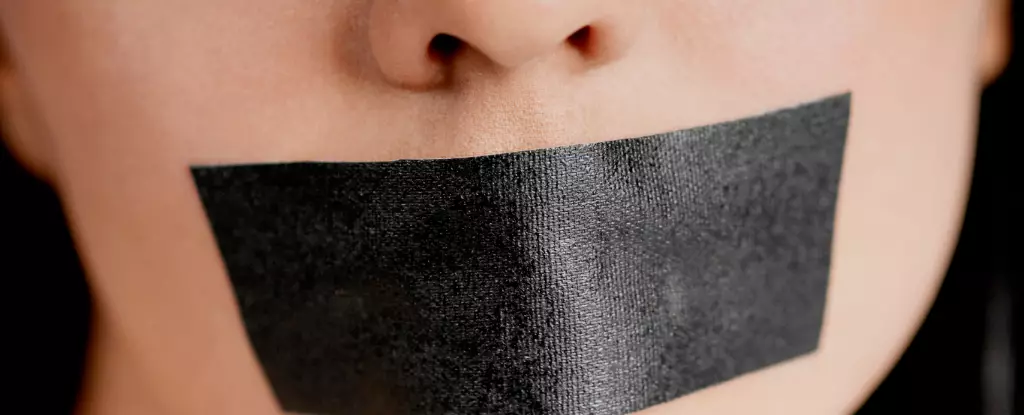While an unhealthy lifestyle and dietary choices are frequently identified as primary contributors to heart disease and stroke, sleep apnea deserves equal attention due to its considerable impact on cardiovascular health. This condition, characterized by interrupted breathing during sleep as a result of airway obstruction, poses serious risks that can culminate in long-term health issues. The stakes are particularly high when considering the profound relationship between sleep apnea and cardiovascular diseases, which can lead to life-threatening complications.
The standard solutions for unhealthy diets and sedentary lifestyles—improved nutrition and increased physical activity—are relatively straightforward. However, when it comes to treating sleep apnea, the available options are often met with mixed effectiveness and compliance challenges. Continuous Positive Airway Pressure (CPAP) machines, commonly viewed as the standard treatment, deliver a stream of air through a mask to keep the airway open during sleep. Despite their clinical acceptance, CPAP machines come with significant drawbacks, leading to a high rate of non-compliance among users.
In addition to CPAP machines, another treatment avenue involves the use of mandibular advancement devices—dental-like appliances designed to reposition the jaw and keep the airway unobstructed. While they can be effective, particularly for individuals with mild to moderate sleep apnea, these devices often come with discomfort during the initial weeks of use and may incur long-term dental side effects. The discomfort can manifest as pain in the jaws, teeth, or gums, and raises concerns about potential changes in bite alignment that could necessitate further orthodontic intervention.
The dissatisfaction with CPAP and mandibular devices has led individuals to seek alternative remedies that promise easier, less invasive solutions but may not always be effective nor safe.
One such alternative that has gained popularity is mouth taping, a practice that entails using tape to keep the mouth shut during sleep. Supporters of this method argue that it encourages nasal breathing, theoretically minimizing issues associated with airway obstruction. Typically, advocates recommend specialized breathable tapes, avoiding common adhesive products like masking tape. However, this approach is fraught with potential complications and lacks comprehensive scientific backing.
Recent studies examining the efficacy of mouth taping reveal a complex picture. While some individuals report improved airflow, others experience decreased airflow, indicating that the practice is not universally beneficial. This inconsistency suggests that mouth taping may be overly simplistic as a stand-alone treatment for a condition with multifaceted origins and characteristics.
Worries about mouth taping extend beyond its questionable effectiveness. One pressing issue is the concept of “mouth puffing,” where an individual inadvertently exhales around the tape rather than through the nose. This not only undermines the purported benefits of the method but can also lead to inadequate oxygenation and increased levels of carbon dioxide in the bloodstream, contributing to a state of physiological distress.
Moreover, the sensitive skin surrounding the lips is a notable concern. Adhesive tape can irritate this delicate area, leading to conditions like dermatitis or infections of the hair follicles around the mouth. In severe cases, strippings of the outer skin layers may occur, exposing tender skin underneath and increasing vulnerability to infections. Such side effects are particularly troubling given the proximity of these tissues to essential respiratory pathways.
A significant risk associated with mouth taping arises for individuals with pre-existing respiratory conditions. By constricting airflow and reducing oxygen intake, the practice can exacerbate existing problems or pose risks such as aspiration—especially in scenarios where vomiting occurs. This underscores the potential hazards of employing mouth taping as a remedy without professional oversight.
Given the mixed outcomes and health concerns tied to mouth taping, it emerges as a risky and largely unverified alternative for addressing sleep apnea. While the allure of simpler, less burdensome solutions is understandable, the potential dangers necessitate a cautious approach. Those struggling with sleep apnea are advised to consult medical professionals who can provide guidance based on individual conditions instead of relying on unconventional and potentially harmful remedies. Safety, accuracy, and evidence-based treatment should always take precedence in the crusade against this serious sleep disorder.

